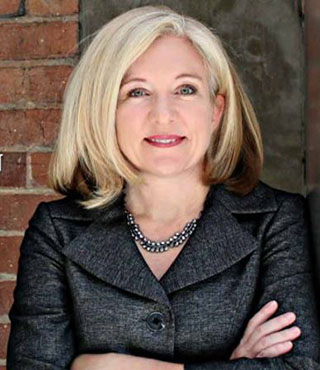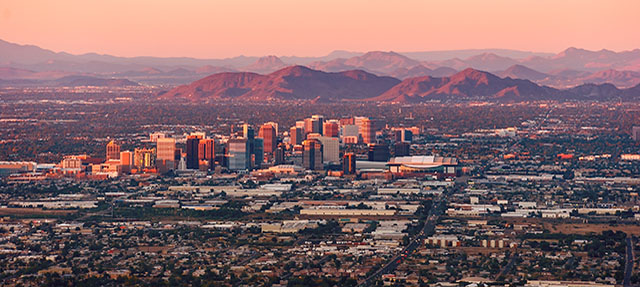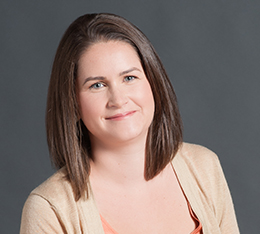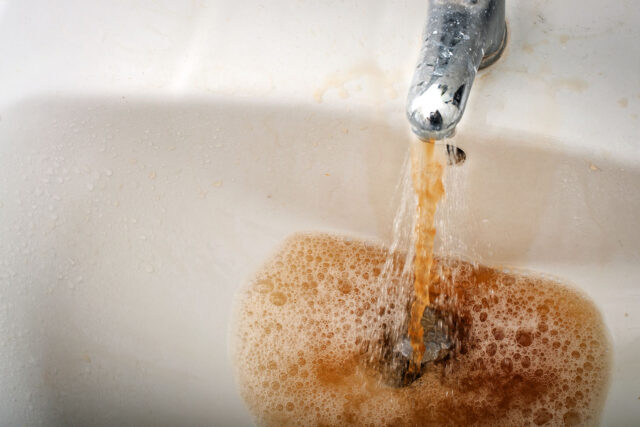Water utilities increasingly face a dilemma in these recessionary times: the challenge is to take in enough money to operate and maintain complex water systems while also providing safe and affordable water to all their customers—even those who have trouble paying. We talked to Kathryn Sorensen of Phoenix Water Services about Phoenix’s equity innovations.

PPIC: Tell us about Phoenix’s water equity efforts.
KATHRYN SORENSEN: Water equity takes on particular importance in our climate, where temperatures can soar to 120 degrees in the summer. We do a number of things to try and ensure equitable access, but in particular, we have very affordable water rates, a strong customer ombudsman program, and assistance programs such as payment plans. We don’t delay in reaching out to customers who fall behind with payments, because it makes it harder on them if we wait too long.
We recognized that there was more we could do, so we worked with our citizens’ advisory committee to take a deep dive into current policies around disconnections, revenue enforcement, and all of our water fees and bureaucracy that create barriers to access. We found that our fees and charges are mostly in line with other utilities, but the committee found a few ways to improve them. For example, we used to continue to charge late fees even after we’d disconnected the service. Our citizens’ committee found this to be punitive, so we changed it.
PPIC: Describe the agency’s experimental effort to avoid water cut-offs.
KS: We’re exploring using a low-flow device, which was the brainchild of a staffer in our metering operations department. The idea is to restrict water flow for households that fall behind on payments while also allowing them to have a basic amount of water. With this device, you still get enough water to bathe, cook, wash up, and all the rest, but the flow comes out at a restricted rate so it takes longer than normal.
Our citizens’ advisory committee felt this was a better alternative than outright disconnections because it protects public health while also providing an incentive to pay the bill. Our committee felt that maintaining an incentive to pay is really important, because when we fail to maintain infrastructure, we often end up failing our most vulnerable communities. This device is also practical here, because our meters are outside in customers’ front yards. It takes just a bit longer than disconnecting, and doesn’t entail significantly higher costs on our end.
Right now, because of the COVID-19 global pandemic, we are not enforcing revenue for our single-family residential customers. Once we begin revenue enforcement efforts again, we intend to use the low-flow device when a customer is more than 60 days overdue and owes more than $75. We provide all sorts of notice. And our ombudsman program can link customers to services that help them address outstanding bills. Some council members were interested in having a time limit for using the low-flow device, to be followed by a full disconnection. This isn’t meant to be long-term solution.
PPIC: What are some next steps?
KS: Pre-pandemic, we would have gone to neighborhood and village planning meetings to discuss various options, but with COVID it’s really hard to do that kind of outreach right now. So we don’t plan to roll out new revenue enforcement efforts before January at the earliest.
We hope the low-flow device is seen as a reasonable compromise, but there are heightened sensitivities about utility disconnects during a pandemic, so I don’t know how this will roll out. Fundamentally, utilities have to be able to collect revenue if they’re going to continue to support public health and maintain aging infrastructure. And this approach is more reasonable and far more protective of public health than disconnection.
I know a few other utilities that have started deploying the device as well, and we’ve had a request from several utilities across the country for information about it. I’m hopeful it can become a solution beyond Phoenix.




